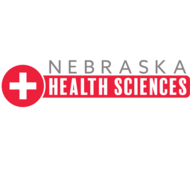
(View Complete Item Description)
This is a unit plan covering the history of the surgery. It is designed to take about 35 days (50-minute class periods). This unit is based on the book, The Butchering Art: Joseph Lister’s Quest to Transform the Grisly World of Victorian Medicine by Lindsey Fitzharris. For each of the chapters, vocab activities, pre-reading activities, and reflection questions have been created. A final project is included at the end of the unit. To grade this unit, the book is chunked into Portfolios (Prologue to Chapter 4, Chapters 5-8, Chapter 9 to Epilogue), which are designed to be the formative grades. Each of these Portfolios has a Portfolio Checksheet, which is a list of assignments that must be turned in for that unit. The Portfolios can be returned to the students and used on the final project. The final project is the summative grade for the unit. Quizzes could be added to this unit to increase the number of summative grades. To make this unit easier to facilitate, I would suggest purchasing the Audio Book, along with the hardcopies to help read to the class.
Material Type:
Lesson Plan
Author:
Audrey Foster




















